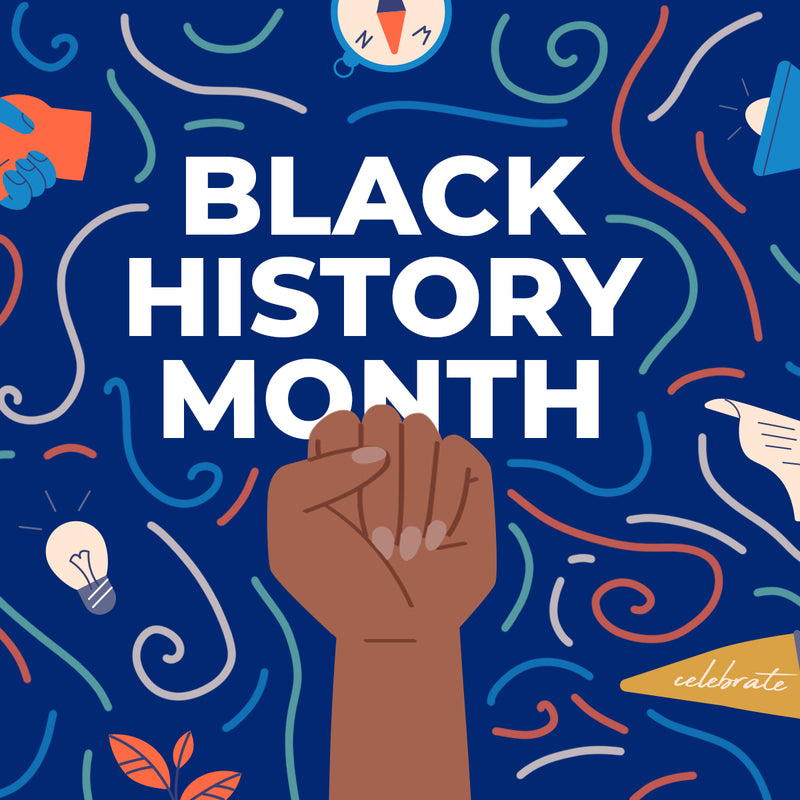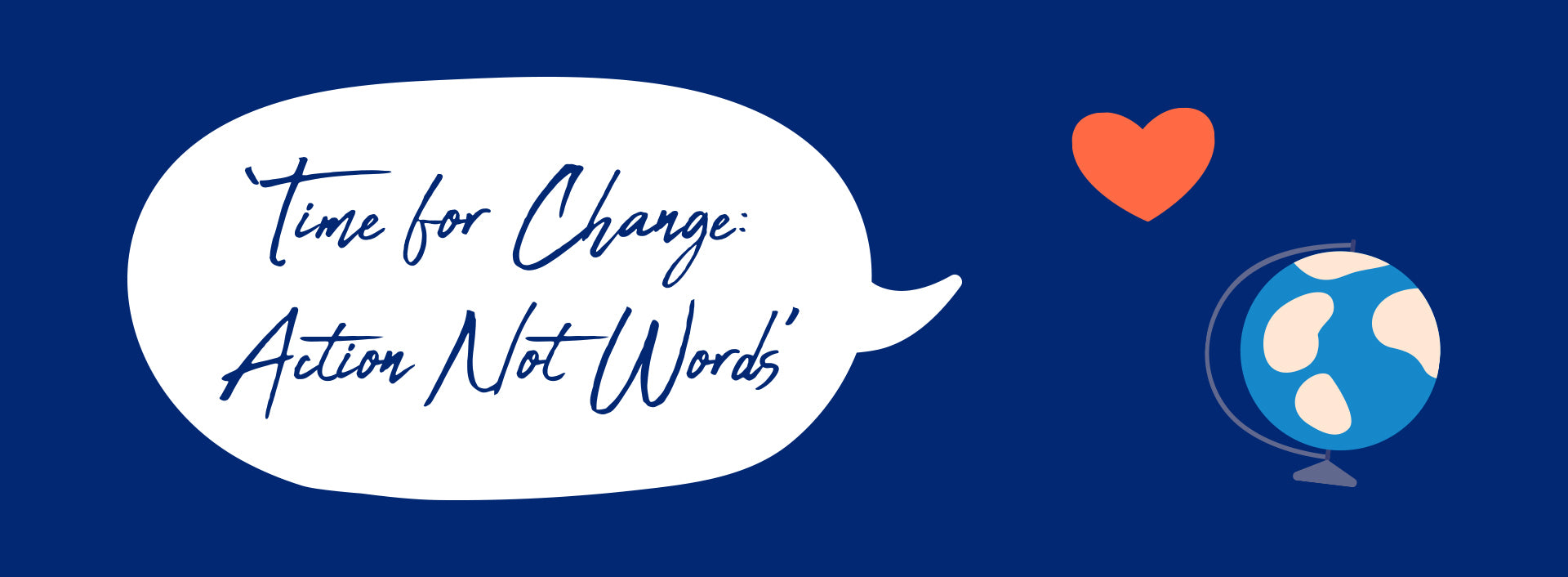
What Is Black History Month & Why Is It Important?
Happy Black History Month!
As a brand dedicated to creating and uniting a community that celebrates and empowers all women, we see it as our duty to celebrate the successes, achievements and history of Black culture. Not just today, but always.
That’s why this Black History Month, we’re putting a spotlight on Black history education to raise awareness about why it’s celebrated and why it’s important to educate ourselves on the subject.
Keep on reading to discover more.

WHAT IS BLACK HISTORY MONTH?
Black History Month is an international celebration which aims to promote and celebrate Black contributions to society, and encourage a greater understanding of Black history in general.
Its origins go back as far as the 1920s, when ‘Negro History Week’ was first established in the United States.
WHEN IS BLACK HISTORY MONTH?
Black History Month UK is celebrated in October, but in other parts of the world, like the US, it is celebrated in February.
February was chosen in the US because it coincides with the birthdays of both former US President, Abraham Lincoln and social reformer, Frederick Douglas, who escaped slavery. Both men played a significant role in helping to end slavery.

WHY IS BLACK HISTORY MONTH CELEBRATED?
People from African and Caribbean backgrounds have been a fundamental part of history for centuries. However, campaigners believe their value and contribution to society is often overlooked, ignored or distorted.
Therefore, initially, Black History Month was a way of teaching students and young people about Black and African-Americans’ contributions to society. Now, it gives everyone the opportunity to share, celebrate and understand the impact of Black heritage and culture.
WHAT IS THIS YEAR’S BLACK HISTORY MONTH THEME?
The theme for this year’s Black History Month UK is ‘Time for Change: Action Not Words.’
The theme aims to make a positive impact on the future by encouraging communities to come together around a shared common goal to achieve a better world for everyone.
This year’s celebrations will seek to promote continued action to tackle racism, reclaim Black history and ensure Black history is represented and celebrated all year round, while celebrating the achievements and contributions of Black people.

WHY IS BLACK HISTORY MONTH IMPORTANT?
Black History Month UK allows both adults and children to gain a broader understanding of Black history, going beyond racism and slavery to also spotlight Black achievement. It helps us all to see that Black history is also British history.
If you understand more about a certain community, it’s less likely that you will discriminate against them and it also makes it harder to ignore the existence of racism when you know about its history.
For us to understand society as it is today, we have to understand our past and how we got here, including the events and people who shaped the way the world stands today.
HOW CAN YOU BETTER EDUCATE YOURSELF ON BLACK HISTORY?
There are a number of ways in which you can improve your education on Black history.
You could watch a documentary. We recommend:
- Dark Girls (2011)
- 13th (2016)
- The Black Power Mixtape 1967-1975 (2011)
Or if you prefer books to film, there are plenty of resources that can shed some light on Black history. Add these reads to your list ASAP:
- Sister Outsider: Essays and Speeches by Audre Lorde.
- The Bluest Eye by Toni Morrison.
- I Know Why The Caged Bird Sings by Maya Angelou.
There are also a long list of podcasts too, as well as events and lots more! For details on the latest events in your local area, check out Blackhistorymonth.org.uk

It might be Black History Month for now, but we will never stop supporting our community, regardless of age, sexuality, ethnicity, size or nationality.
We have the platform to make a difference and we will always give a voice to those who deserve it.
Keep an eye out on our Community Page to discover more about how we’re celebrating Black History Month UK.